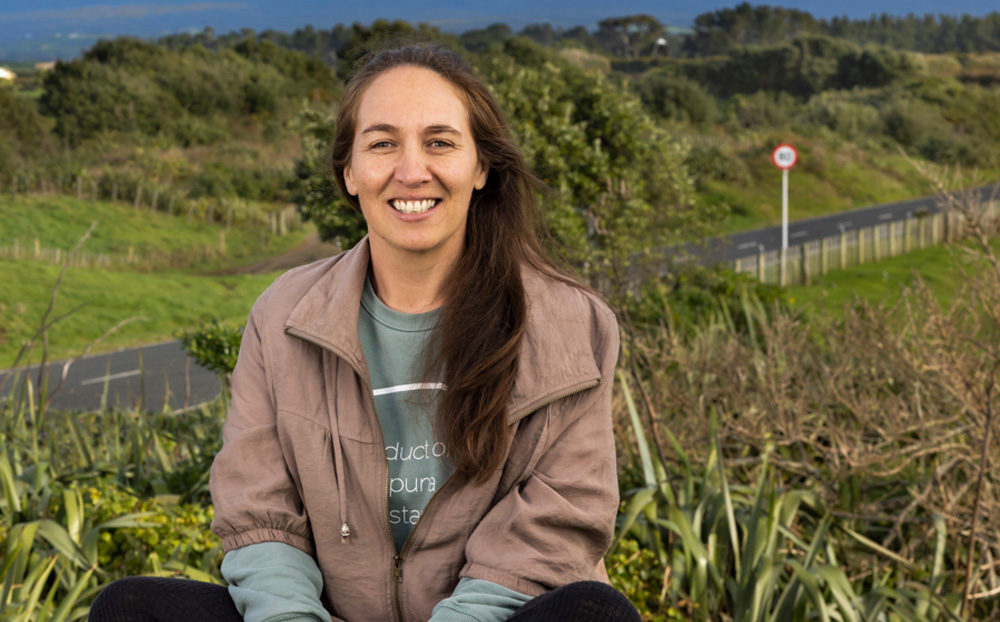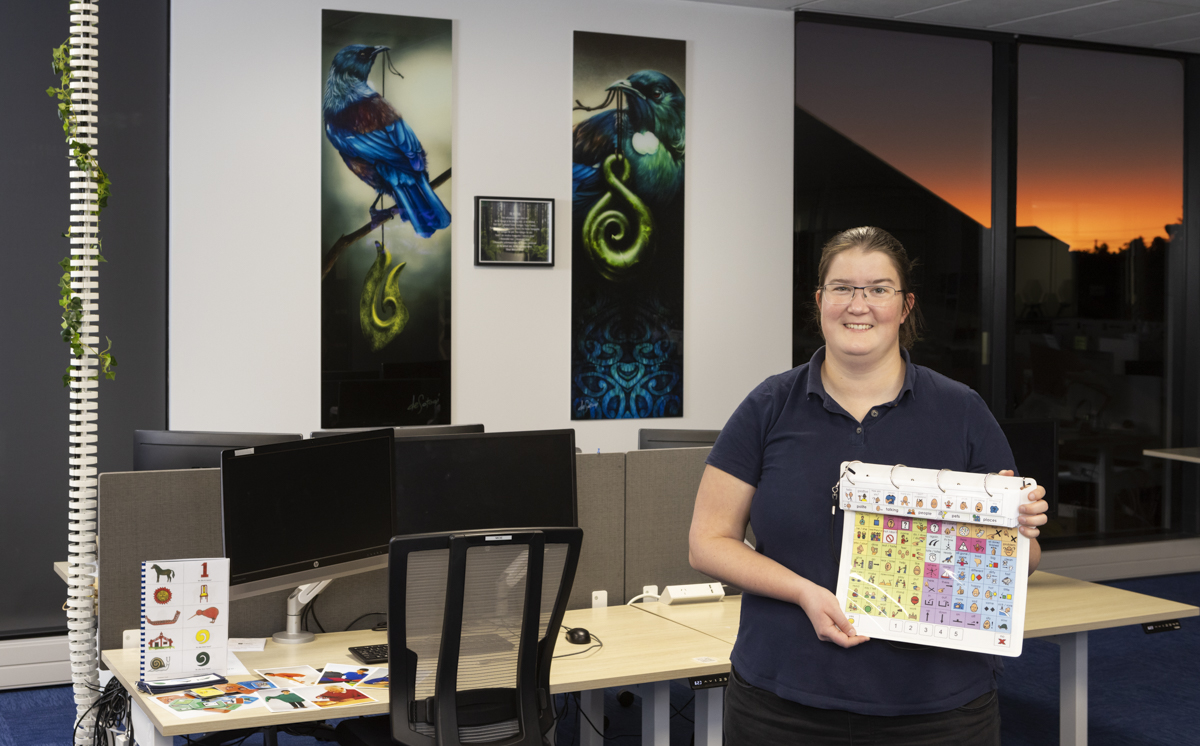Kaitakawaenga

“It’s a beautiful role to give mana back to the whānau – to hear their voice – to advocate for them– giving the whānau the respect they deserve for the best possible outcome for their Tamaiti/ Mokopuna!” – Linda Rawiri
About this career
- support Māori tamariki and their whānau in meetings with educators, Ministry specialist staff and other agencies with special education needs
- develop and maintain effective working relationships with Māori tamariki and their whānau, educators, local iwi, Ministry specialist staff and other agencies
- provide advice and guidance to Ministry staff, educators, local iwi and community groups on programme development and system changes.
Qualities you need
- excellent communicators with strong community networks
- empathetic, understanding and patient with young people and whānau
- good problem solvers, creative and adaptable
Career Pathway
To become a kaitakawaenga you need:
- a relevant diploma qualification (minimum 2 years’ study) or higher
- to be proficient in te reo Māori
- at least 3 years’ teaching te reo Māori or 3 years’ working in the community in Māori development
- Previous experience in the education sector, a special education service or health agency will be an advantage.
In addition to the qualifications a kaitakawaenga must have knowledge of or skills in:
- working effectively in Māori education settings
- translating specialist knowledge into practical information
- working effectively with children, young people and their whānau
- coaching and upskilling others community and family support services
- effective communication, research and planning skills
Find out more about Kaitakawaenga careers here:
https://assets.education.govt.nz/public/Documents/Home/Careers-in-Special-Education/MOE-SE-Careers-Brochure-KTW-English-SCREEN.pdf
Our Whānau Career Story
Linda Raiwiri, Kaitakawaenga
Where do I work and what do I do?
I am currently in the role of Kaitakawaenga, with the Ministry of Education.
This role was put in place nationally by the Ministry of Education to have face to face contact with Māori whānau. We are the navigators to support the whānau on their learning journey. We navigate through the needs of the whānau and mokopuna in the cultural space. We work with all the whānau including the kaumatua. We go into this space to whakapono, to wrap around a korowai whakamana – to affirm their strengths, aspirations. Gathering their voice around their tamaiti.
We go into this space with wairua and show them the gifts of their tūpuna. Those pūkenga that have been gifted to them as their strengths; their cultural identity, their iwi on both sides. We walk through with them who connects with them as their supports – who has helped them. We explore their learning style and whether they need any other supports. We also explore their hauora – for example whether they have or need a whānau GP (Medical Doctor – General Practitioner).
As part of this journey once we complete the korowai whakamanua, then we bring in the lead workers relating to who they might need to work with moving forward. We walk beside our lead workers to support the whānau. We learn by going out with them. It’s a reciprocal relationship for all involved.
What was my career pathway to get where I am / and what led me to this?
Prior to taking on the Kaitakawaenga role my career was in education. I was trained as a Kaiako.
I always knew I was Māori but when I went into the Kōhanga space and trained there – that was when I really learnt about “Me”. I was part of a roopu that set up the bilingual unit at Waitara East School in 1988.
I got a diploma within bilingual education while working at Waitara Central School and I also worked in the kura kaupapa for six months. I then began working with the Ministry of Education in roles which eventually led to the role of Kaitakawaenga.
Now after a number of years, I am finally moving on and in the process of handing over to two new staff who have just what is needed to do this mahi.
“My why” for doing this job and making a difference for Māori
It’s a very rewarding job. I just love it! I always have, even now I well up thinking about it. I had two boys who were bullied and traumatised. So, I know about the challenges whānau face and I work hard for the very best for the mokopuna.
In my work I have pushed the boundaries to encourage my colleagues to think outside the square. They all work hard. It is such a privilege to be in this space.
I would love to open it up and encourage others to consider it. To those interested I say – don’t be frightened! – you are your own person being Māori in this space. To aspire to do this role you need education or whānau experience; you could be;
- A parent, or be strongly involved in whānau
- Training in education, such as being a Kaiako
How do I know I have made a difference? Wherever our whānau are it is OK – I don’t judge them. That is one thing you have to learn. They are the priority – everything is about them.
It’s a beautiful role to give mana back to the whānau – to hear their voice – to advocate for them– giving the whānau the respect they deserve for the best possible outcome for their Tamaiti/ Mokopuna!
Ko te manu e kai ana, i te miro
nōna te ngahere
Ko te manu e kai ana, i te ngahere,
nōna te mātauranga
Ko te manu e kai ana te mātauranga,
nōna te Ao!



